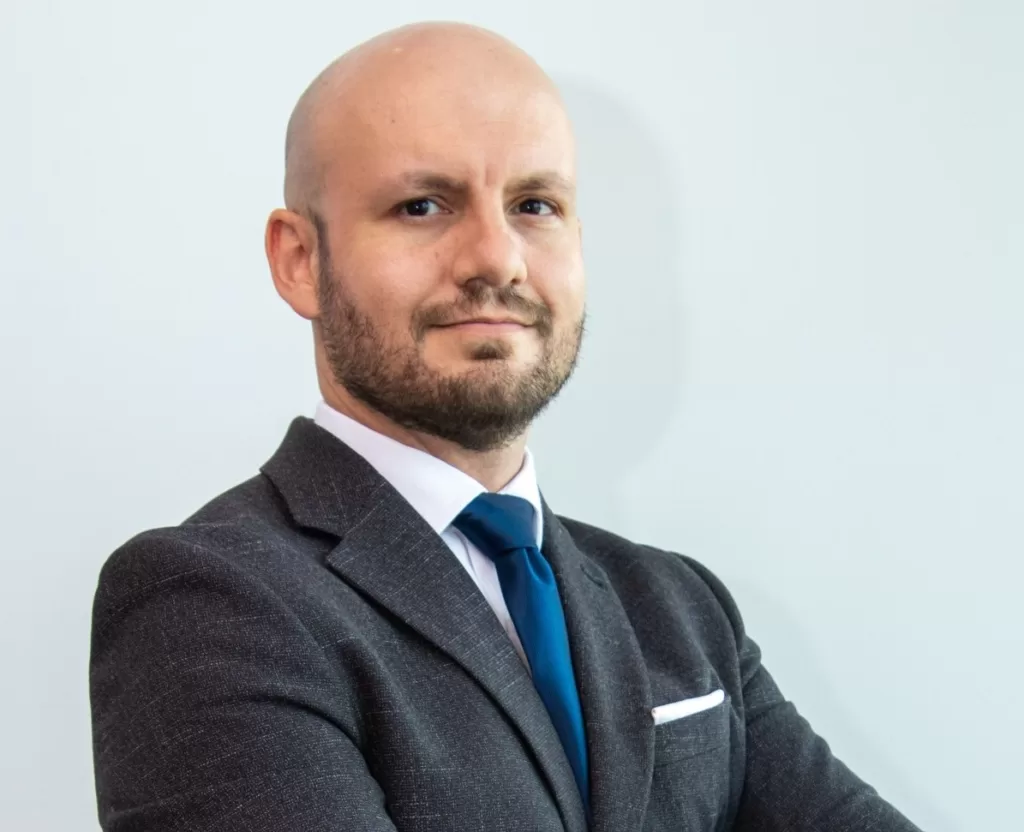If the only tool you have is a hammer, then everything looks like a nail. In a constantly shifting landscape, it can be tough for organisations to keep up and implement the right technological tools that meet their business needs.
Every organisation, and its challenges, are unique. Successful transformation relies on following a process, starting with strategic planning, laying solid foundations, and then building new capabilities and ways of working that enable the business to grow and achieve its vision of success.
The starting point for this is a clear understanding of the business context when implementing technical solutions and whether to buy, build, or a combination of the two. Commoditised solutions make sense for common problems that have already been solved, as opposed to custom software development for the elements that provide a unique competitive advantage. For critical systems, organisations will need to decide whether they want to put the source of their competitive advantage in a product vendor’s hands.

“Undoubtedly, the right digital support systems can help a business get ahead. Still, a tool is only a real solution if it doesn’t create more work for an organisation in the form of long-term challenges that lead to even more inefficiencies and more significant cost implications.”
Riaan Nel, Architect in the Office of the CTO at Dariel Software.
Balancing business context and implementing technical solutions
Doing so forces a business to adapt itself to software instead of adapting software to suit the business. Providing feature-rich solutions is a non-starter without having a complete picture of an organisation’s challenges from the inside out. Rather than simply selling a product, a more nuanced approach means businesses get bespoke solutions that give them exactly what they need to succeed.
In an environment where many IT companies overpromise and underdeliver, moving away from a one-size-fits-all product approach to building customised applications and software integration at a strategic level is the most effective way to gain a competitive advantage and employ cost savings initiatives while supporting business growth.
Undoubtedly, the right digital support systems can help a business get ahead. Still, a tool is only a real solution if it doesn’t create more work for an organisation in the form of long-term challenges that lead to even more inefficiencies and more significant cost implications.
First, conducting an in-depth assessment of a business’s existing systems, platforms and applications and identifying gaps provides the right intelligence to design solutions for specific operational needs which deliver long-term value.
For large, complex companies in financial services, insurance, hospitality, and healthcare sectors, at Dariel we approach this with three overlays to our custom-built projects which can be adapted to assist smaller organisations confidently reach a build vs. buy decision. Firstly, a thorough audit and review service allows clients to answer strategic business questions with an emphasis on technology.
This allows clients to obtain insights into whether their IT investment has been put to good use, where potential performance issues exist, where opportunities for cost savings can be found, where to focus their IT investment, and how their systems can support or hinder their long-term corporate strategy.
Secondly, when Dariel does undertake custom development projects, we help clients to leverage the benefits of the cloud to enable their IT infrastructure to grow and evolve with their business. We can help clients design for the cloud, transition to the cloud, and build for the cloud right from the start. The third component is a managed services component to allow clients to continue to make the most of their IT investment.
Dariel’s Office of the CTO, comprised of technology heavyweights that guide and assess risk throughout a project, assist in driving a company’s vision and technology strategy while at the same time considering the needs of the organisation’s customers.
Ultimately, the right solutions aren’t just a question of technology. Technology exists to support the business, and to deliver the right technology, it’s key to obtain a thorough understanding of each client organisation, from its day-to-day operational challenges to its strategic objectives and the challenges that it faces.
About author: Riaan Nel, Architect in the Office of the CTO at Dariel Software.
Source of Article
